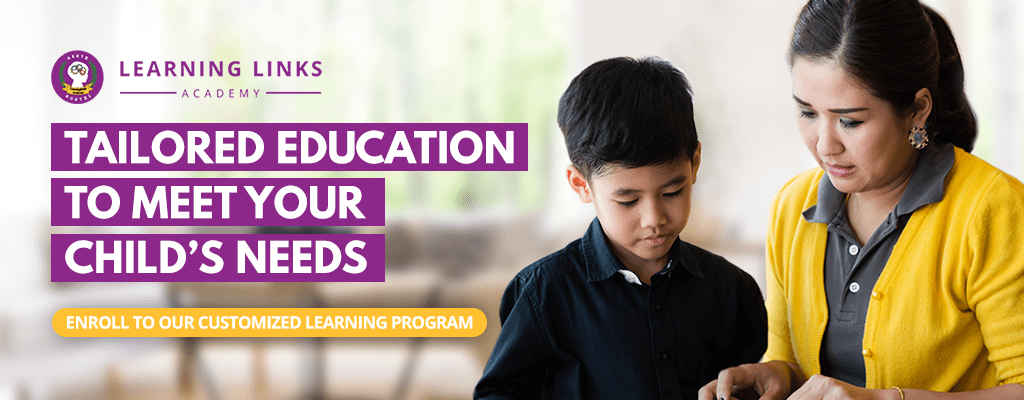Each individual possesses a learning capacity that’s different from all others. Learning styles further elaborates this theory by defining several types that pertain to the senses, with each one proving to be more effective for some as opposed to others. Individuals also have varied preferences in techniques and methods of teaching and learning new information that is presented in these seven learning methods.
However, to further understand these styles, it’s important to note that individuals can also be open to developing their other learning styles aside from their dominant ones and that each one has the capacity to develop these styles to certain levels through time.
Below are the seven learning styles that can help you find out which best suits you or your child!
Visual/Spatial Learning

As the name implies, this type of learning style relies heavily on graphics, visual aids, and spatial objects to aid students in their information gathering, retention, and learning processes. Basically, people who prefer this method learn by seeing as their occipital lobes at the back of the brain which manage what is being seen are activated. The parietal lobes also help in processing spatial orientation and minute details for a better understanding of objects or visual materials.
Aural/Auditory Learning

Through hearing, individuals who prefer this learning style activate their temporal lobes which help them decipher auditory data they can use for learning. This style is very prominent in students who take up music courses in school and those who are learning how to play instruments or develop voice. Individuals blessed with perfect pitch (or absolute pitch) are said to have the ability to widow notes they hear in an instant and can easily play it on an instrument typically prefers this type of learning.
Kinesthetic/Tactile Learning
This style relies on practical applications that help individuals learn through physical activities. Here, the cerebellum and the motor cortex of the brain are more active in helping an individual with his physical movement and in the entailing process of learning. Sports coaches easily come to mind when we think of educators who apply this particular learning style.
Verbal/Linguistic learning

Individuals who prefer to learn verbally can easily acquire, retain, and recall both written and spoken materials such as audiobooks, in-class discussions, and reading materials through stimulus and response. The temporal and frontal lobes activate to process such activities as rhyming, tongue twisters, and the like. Individuals with verbal and linguistic learning preferences are also more inclined to activities that are rooted in language reasoning instead of abstract information.
Logical/Mathematical Learning

People who are into logic, problem-solving, and numbers usually learn better via this style and all its methods and techniques. The left side of their parietal lobes becomes active when analyzing cause and effect relationships. These individuals can also interpret abstract visual information easily and usually makes use of facts and statistics to draw conclusions and solutions. They recognize patterns easily and pinpoint relationships between two things that may seem unrelated to each other.
Social/Interpersonal Learning

This is the best learning style for individuals who are extroverts or those who enjoy the company of others through social interactions. The limbic system of our brain which manages feelings and moods is more utilized with this learning style as the frontal and temporal lobes help in handling socialization processes. Albert Bandura who theorized the Social Learning Theory claims that people learn from one another through observation, imitation, and modeling which nurture an individual’s ability to communicate effectively in both verbal and non-verbal approaches.
Solitary/Intrapersonal Learning
Individuals who prefer to be more private, independent, and introspective can choose this learning style as it allows them to focus more on presented information. Writers are said to be individuals who spend a lifetime of solitude for the sake of communication. Though the statement is quite funny, there’s a certain truth to it as writers prefer to learn in solitary with their frontal and parietal lobes, along with the limbic system all focused on taking in information.

Individuals are equipped with a mix of learning styles but it is also important to note which dominant style is best for you. Learning styles cluster typical methods on how people can learn and adopting the theory of multiple intelligences as a complement for homeschooling alternatives can also bring out an individual’s best potential despite the approach being a relatively new way of teaching for many.
Learning Links promotes meaningful education and personal growth to help find what students really want for their careers and lives!
Click on the button below to find out how we make great education possible.



